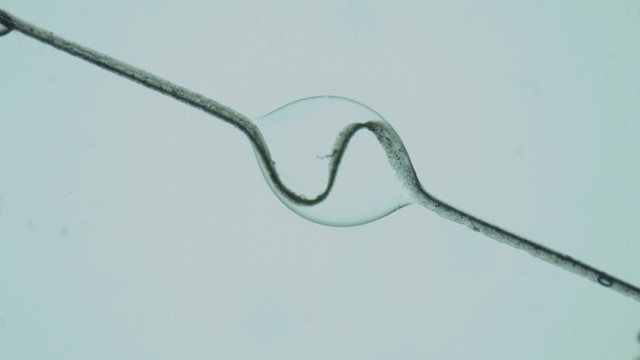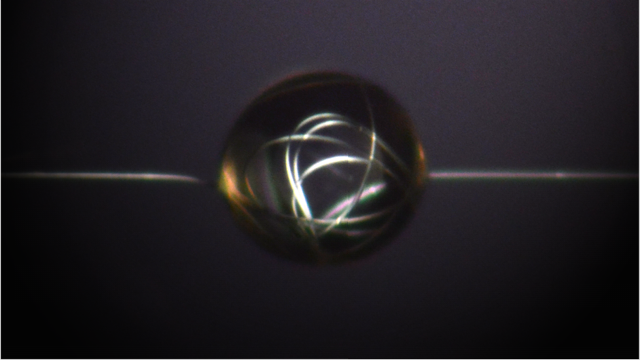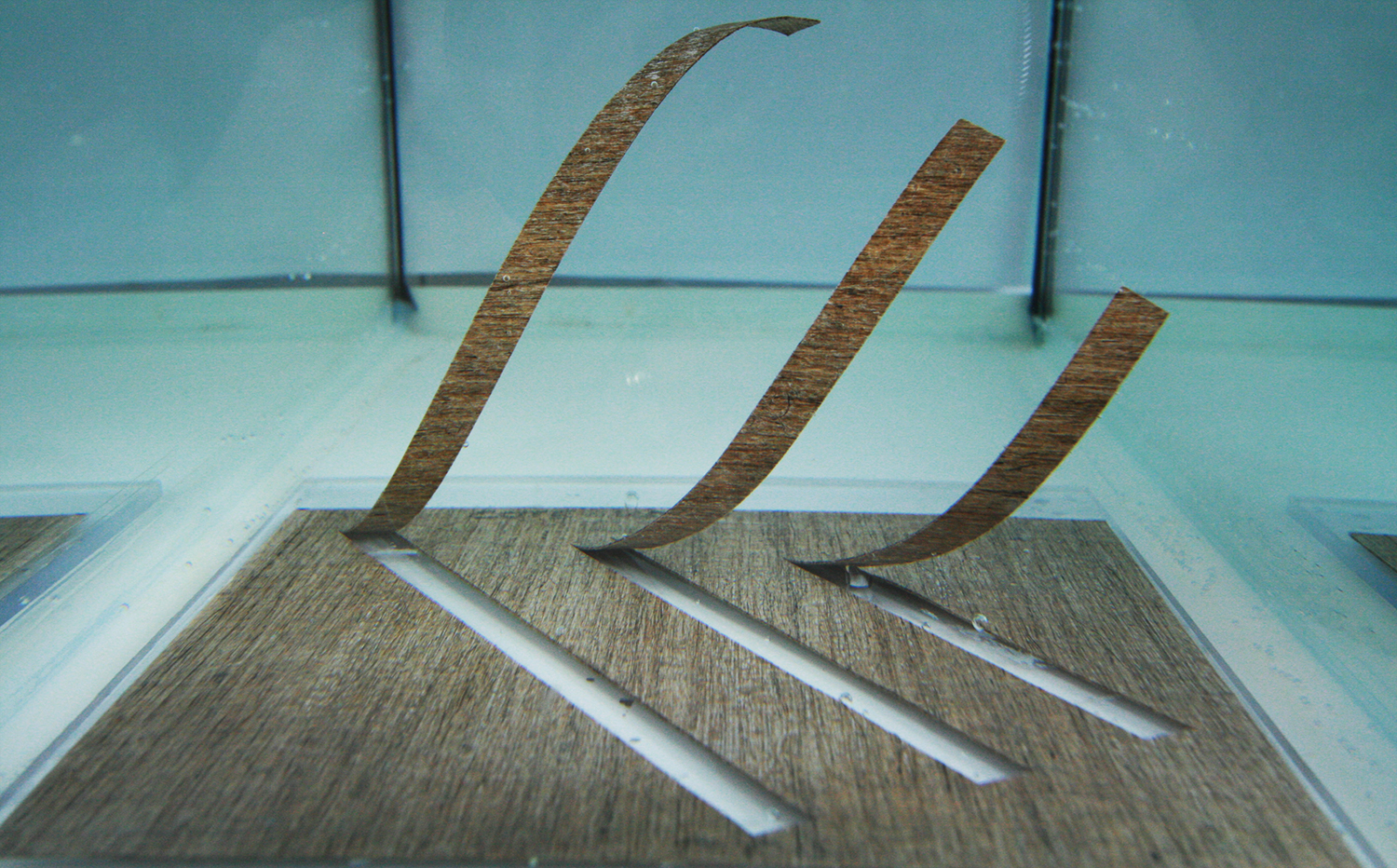2020, the year of engineering inspired by nature
After engineering for health and green engineering, in 2020 the INSIS is focusing on engineering inspired by nature. Imitating structures, properties, processes and interactions developed by biological entities, achievements inspired by nature are increasingly widespread in many areas of research and innovation.
Biomimicry and nature-inspired engineering
We commonly refer to biomimicry, but it can be difficult to understand, define and differentiate between bioimitation, biomimicry and bioinspiration. All these different words refer to the imitation of structures, properties, processes and interactions developed by biological entities. In fact, this principle of imitation can be extended to the whole of nature in a process called inspiration by nature. Thus, it also takes into account the non-biological processes/structures/properties implemented in nature.
More specifically, inspiration by nature corresponds to the exploitation of concepts present in nature for engineering purposes. This can be done to different degrees:
- By imitating structures;
- Through an approach inspired by structure/function, property or process relationships;
- In an approach reproducing only function, property or process without reproducing structure;
- And finally in an approach that mimics inter-individual interactions and organizations.
In all cases, the approach that consists in drawing inspiration from nature is initiated by a scientific and/or technological problem. This is identified and formalized as a problem which researchers hope to find an engineering solution for by looking for models that can constitute a factor of inspiration in nature.
Call for expressions of interest
In this framework, the INSIS wishes to encourage the emergence of new projects or partnerships concerning original and innovative concepts. The Institute is launching a Call for Expression of Interest (CEI). Proposals should summarise the general positioning and objectives of the project as well as the approach envisaged.
The call is open to already established partnerships but also allows individual applications from researchers looking for partnerships.
Call for expressions of interest is closed


Des chercheurs de l’Institut Jean le Rond d'Alembert et de l’université d’Oxford (Royaume-Uni), se sont inspirés de la soie d’araignée pour mettre au point des fibres synthétiques hybrides. Dans cette expérience, une fibre hybride liquide/solide est légèrement comprimée. L’excès de filament est instantanément reconfiguré sous forme de pelotes au sein des gouttes.

© Mickaël CASTRO/Antoine LE DUIGOU/IRDL/CNRS Photothèque